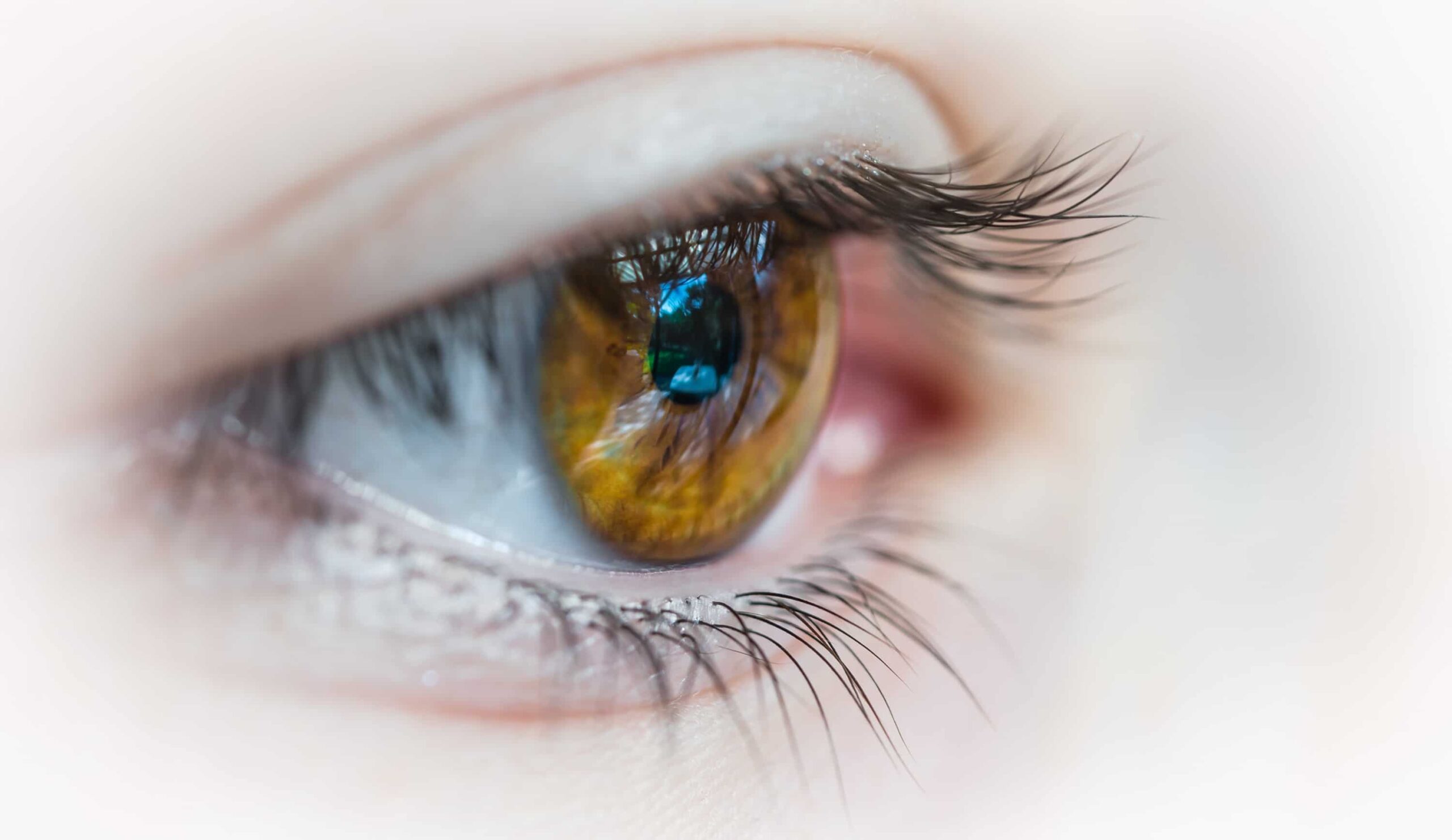Laser Eye Surgery Risks
Laser eye surgery risks are low, and the treatment is seen as one of the safest medical procedures carried out in the world today. Introduced nearly three decades ago, the surgery has been successfully delivered over 30 million times across the world. Closer to home, patient figures speak to the treatment method’s high record of safety: over 120,000 individuals undergo laser eye surgery in the UK every year – and that number continues to rise.
Cathedral Eye Clinic are leaders in the field, offering a range of surgeries and other treatments for various eye conditions. A variety of pricing plans are available to suit every budget.
Since its introduction in 1990, laser eye surgery has been widely practised at laser clinics and other healthcare facilities, where it has been praised for its meticulous accuracy and high general success rate. For example, data published by the Journal of Cataract and Refractive Surgery suggests that the success rate of LASIK eye surgery is extremely high, with patient satisfaction rates soaring at 96%. Indeed, of the possible complications around laser eye surgery, it is accepted that each of these has only a 0.5% chance of occurring. This partly explains why laser surgery is the most popular elective treatment in the UK.
However, it should still be remembered that laser eye treatment is a surgical procedure, and its risks should therefore be considered before making any decision. Laser eye surgery risks include:
- Visual disturbances: This is one of the most common complications of laser eye surgery, and normally comes with a degree of discomfort. An irritating side effect which normally manifests in the days immediately following your procedure, patients complain of blurred vision and light disturbance in the early postoperative period. There is also a high percentage of cases describe irritation and dry eye symptoms in the early postoperative period. Whilst these side effects can cause some discomfort and irritation, they usually correct themselves within six months of completing your procedure.
- Visual aberrations: This is a very common early side effect of laser eye surgery as a consequence of postoperative swelling and healing within the LASIK flap and interface in LASIK patients. This usually settles very quickly within a few weeks. The likelihood of experiencing this symptom long term is extremely low (less than 1%). Examples of visual aberrations include halos (glowing circles that appear around sources of light), starbursts (‘lines’ of light that seem to glow around sources of light) and seeing double. This complication is rarely permanent and is more noticeable in dim lighting.
- Dry eye syndrome: As a more common side effect of laser eye surgery, dry eye syndrome can occur in patients. This is a complication which rarely becomes permanent and can be treated with lubricating eye drops. This is again more prevalent in LASIK patients with about 60% having some dry eye symptoms for the first month but again the vast majority of LASIK patients settle after 6weeks to 3 months. It is critical that patients are properly assessed prior to LASIK surgery to ensure that they are not at increased risk of subsequent dry eye problems such as those with a reduced tear film preoperatively. To improve tear films patients with suboptimal tear films preoperatively are managed by a combination of treatments to ensure that the tear film is correctable to a level compatible with laser surgery prior to embarking on any laser treatment.
(These cases are commonly managed both pre and postoperatively at Cathedral Eye Clinic’s Dry Eye Centre.)
- Vision undercorrection and overcorrection: This is an extremely uncommon complication of laser eye surgery, but can be easily managed should it occur by a further laser enhancement procedure. The cause is that laser treatments, although exquisitely accurate in themselves, each individual patient can respond slightly differently due to both biomechanical differences in their corneas and how they heal subsequent to laser surgery.
- This essentially means that the patient didn’t achieve 20/20 vision, or that the patient’s eyesight has actually worsened following the procedure. Depending on the strength of the patient’s cornea, this can be addressed with further laser enhancement treatment.
- Eye infections and conjunctivitis: An extremely rare side effect, this condition can be easily treated with prescription eye drops.
- Corneal ectasia: Characterised by a bilateral thinning of the central, paracentral, or peripheral cornea, corneal ectasia is an extremely uncommon side effect which manifests in less than 0.2% of individuals. This normally occurs due to excess tissue removal and can lead to poor vision if left unmanaged. In the past, it was only able to be managed by rigid contact lenses, however, now with the advent of crosslinking it is possible to strengthen the cornea extensively and also to combine this with state-of-the-art topography-guided laser treatments which enable the cornea to be reshaped as well as strengthened. This type of management is routinely carried out in Cathedral Eye Clinic, both for primary keratoconus cases and also for referral cases from other clinics to manage their post-laser ectasia cases.
- Flap complications: Laser eye surgery involves procedures such as LASIK whereby a flap is cut on the front surface of the cornea. The flap is lifted during surgery to allow for corneal reshaping and is later replaced using natural bandage.
- Issues with the corneal flap: In a small number of cases, complications can arise in this flap whether it is due to patients rubbing their eyes post surgery or inflammation under the flap. For this reason, patients wear shields at night after LASIK surgery to prevent inadvertent damage to their flap and also patients are reviewed day one and week one to ensure their cornea remains healthy.
- SMILE laser surgery: This revolutionary new surgery enables the cornea to be reshaped without creating a flap thereby avoiding most of the potential risks after laser surgery which are related to the flap creation.
Laser Eye Surgery Risk Factors
Whilst incidences of complications in laser eye surgery are remarkably low, certain factors may increase your risk of experiencing a complication, or may rule you out of the procedure:
- Abnormally shaped corneas
- Unstable vision
- Dry eye syndrome
- Degenerative disorders already existing
- Age (Cathedral Eye Clinic recommend waiting until the age of 21)
- Physiological factors (pregnancy and other medical conditions)
It is important to note that many laser eye surgery risks can be traced back to the clinic’s vetting and assessment process. Indeed, issues such as permanent dry eye syndrome and other visual impairments can be prevented by undertaking sufficient pre-assessment measures. At Cathedral Eye Clinic, we pride ourselves on our meticulous and rigorous pre-operative assessment, which will determine your eligibility for laser eye surgery. This assessment includes an 11-dimension eye scan, which can detect a multitude of eyesight issues.
Total Patient Care at Cathedral Eye Clinic
The key mantra expressed within Cathedral Eye Clinic is to first and foremost ensure the safety of all procedures carried out within the clinic. Technology is constantly evolving and Cathedral Eye Clinic is determined to invest in all the newest technology which is demonstrated to improve safety or outcomes.
Due to the industry’s largely unregulated nature, it is important that patients make an informed choice on their laser surgery provider.
As a leading laser eye surgery clinic in Ireland, Cathedral Eye Clinic offers an unrivalled team of optometrists, nurses and consultant ophthalmologists who provide specialist expertise in a range of areas, including the treatment of glaucoma, cataract and retinal conditions, as well as lens replacement surgery and oculoplastics. Each member of our team is guided by the highest of healthcare standards, ensuring that your experience is as safe, hygienic and as comfortable as possible.
Cathedral Eye Clinic has taken measures to invest in the safety of our patients. We are proud to offer our patients some of the most advanced eye surgery technology available in Europe. This includes Ireland’s only VisuMax SMILE laser eye surgery facility, which offers minimally-invasive surgical procedures and speedy recovery times.
Learn more about laser eye surgery such as how long surgery lasts and how much surgery costs with Cathedral Eye Clinic.
We can help you see clearly. To hear more about the safety of laser eye surgery, as well as the various treatments available at our facilities, contact Cathedral Eye Clinic today on (028) 90 322020.








